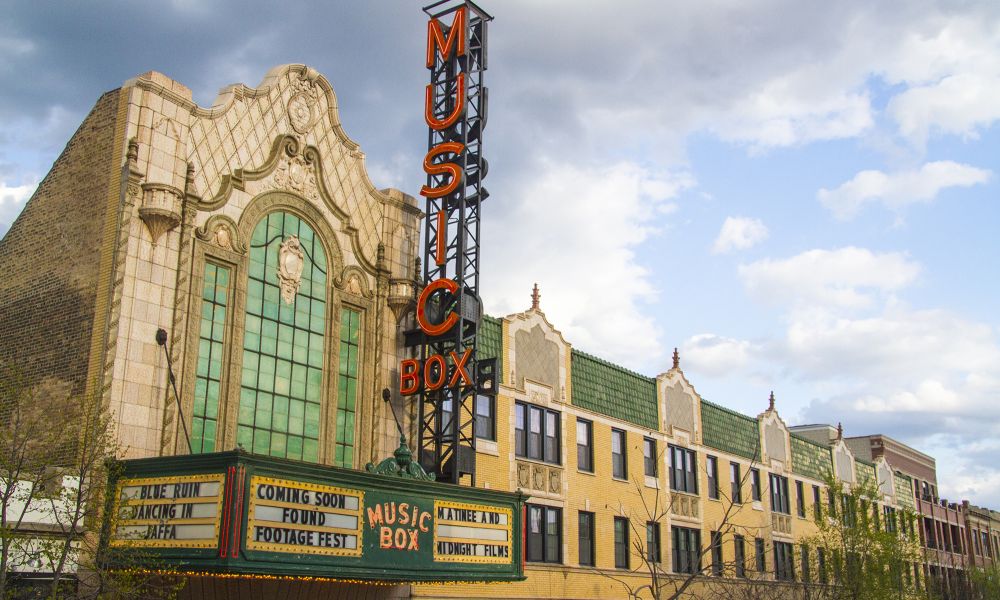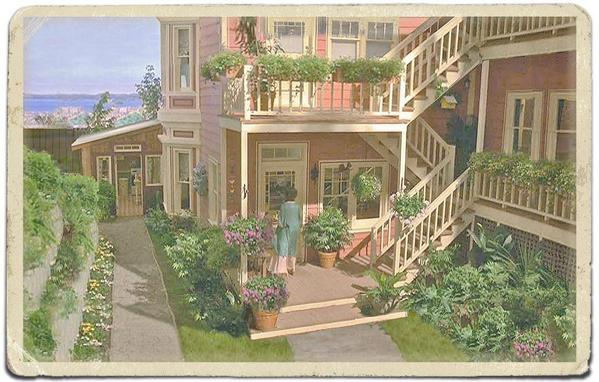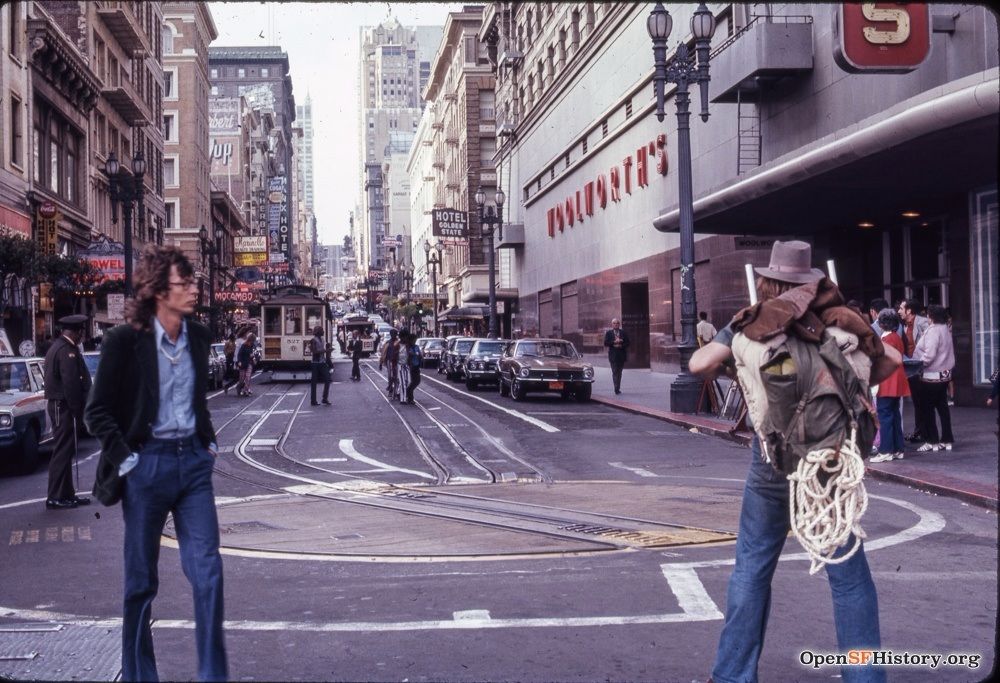I moved into the nitty-gritty “big, bad” city in the middle of the 1980s. I rented a small, in fact, tiny, one-bedroom apartment for $425.00 a month, heat included, not far from Wrigley Field. The hoary Music Box Theater was within walking distance, still a major cultural center of the area. A mom-and-pop hardware store was among the retail establishments.

The Southport Avenue strip was dead at night. Signs of gentrification were occurring, mostly originating from well-heeled types who could afford to buy and rehab the large vintage dwellings that once housed working-class, white ethnic families.
One could hear wild metal and punk bands at the nearby Cabaret Metro, and the gay bars of Halsted Street were a cab ride away. Hustlers worked some corners to the east on Broadway. And, just a couple blocks to the north of my pad, the bar El Gato Negro, (picture at link) a dance club with a primarily Latino and trans clientele, was the scene almost every night of brawls. Yes, chair-throwing and punches.
I'm working with a cliché here, I admit. The strip has changed. It's all spas, boutiques, specialty restaurants and bars, geared toward the new well-heeled white jock/cheerleader types Chad and Brad and Taylor and Justine, many of whom are now pushing strollers. I am stereotyping; in fact, many of those who can afford to live in gentry-land make big money in the tech industries, as well as the more traditional legal and medical fields.
These new cityscapes of wealth don't possess the size and power of Silicon Valley in California, but the comparison is potent. Those who make money expect certain goods and services, and they are willing to pay for them. A $425 a month non-rehabbed apartment with a flower-power vinyl kitchen floor doesn't fit into this cut glass, opulent, homogenized landscape. The same apartment now goes for $1,350.00 a month (considered a bargain), and the kitchen and bathroom approximate the vast stainless steel and marble and quartz rooms in the million dollar condos where cooking often comes from a delivery box.
The situation in San Francisco, the most expensive city in the United States, is like this Chicago urban experience on steroids. Having just finished Armistead Maupin's Tales of the City, where Anna Madrigal owns a gorgeous building with its own garden and can welcome new tenants with a joint on the door, the article that claims, “readers' first San Francisco rent prices will make you cry,” really wounds. Deeply. Bohemian paradise lost.

Here are few first hand accounts from that piece:
“1974 – $145 for a beautiful one bedroom apartment on pacific between Fillmore and Webster!! elevator had gate you had to to open and close. no bay view but all i had to do was walk to the corner and gaze at the most beautiful city. that was then. possibly 2340 Pacific? (those were the ’70s after all.)”—cicinla
and
“1975. Hyde and Sutter. 6th floor Studio with built-in antique (lukewarm) refrigerator, 180 degree view over the city. Furnished it with treasures out of a dumpster on Larkin. $105.00 a month. Now goes for $2195.00.”—George Reeds

and
“My first apartment was $245 a month on Dorland Street off Dolores in 1977. A spacious one-bedroom with a large kitchen with many glass-fronted cabinets and a huge bathroom containing a linen cupboard with drawers underneath and completely tiled. Night-blooming jasmine grew on the hedges in the backyard and their scent permeated the place when I opened the windows in warm weather. I loved it.”—Carolyn Zaremba
The cities are becoming suburban. The cities are living exhibits of profound income inequality and racial segregation. Yes, true, brutally true, but what I find worrisome is the association of those who had to flee from where they live with not just crime, but with activities that don't gel with a variety of norms, ranging from heteronormativity to late capitalist exploitation. I admit I've made that connection earlier in the blog, but does a “nice, safe” neighborhood necessarily mean an expensive, and usually segregated one?
Even gays and lesbians, who have earned a reputation as being one of the first urban pioneers (one might say colonizers) to take some previously nitty-gritty areas like Castro Street and Halsted Street, and make them safe spaces (in the meantime doing themselves the physical labor of rehabbing), aren't always the direct beneficiaries of their labors.
Now younger LGBT persons are once again trying to make their living on and in the physical and economic margins, but often without that funky edginess their ancestors experienced in the nitty-gritty, big bad city where there was an all-night unique diner on every corner and your eccentric landlady with her purple wig who you knew personally might invite you over for a nightcap.



 Join our Email List
Join our Email List Like Us on Facebook
Like Us on Facebook Instagram
Instagram Youtube
Youtube Follow Us on Twitter
Follow Us on Twitter Follow us on Pinterest
Follow us on Pinterest